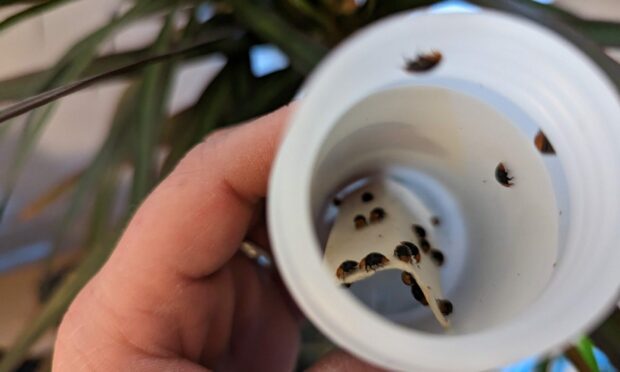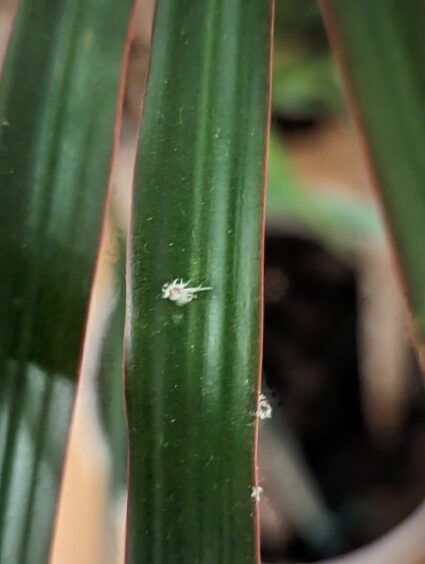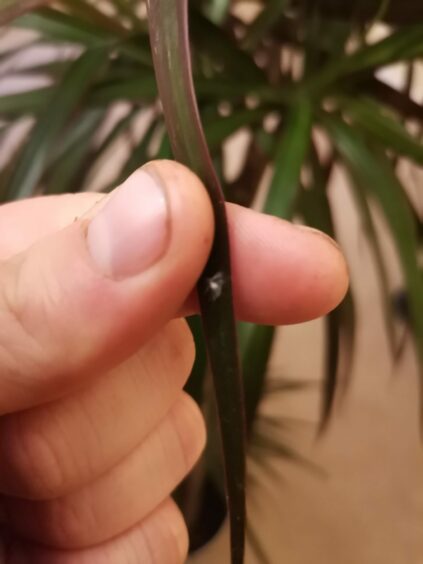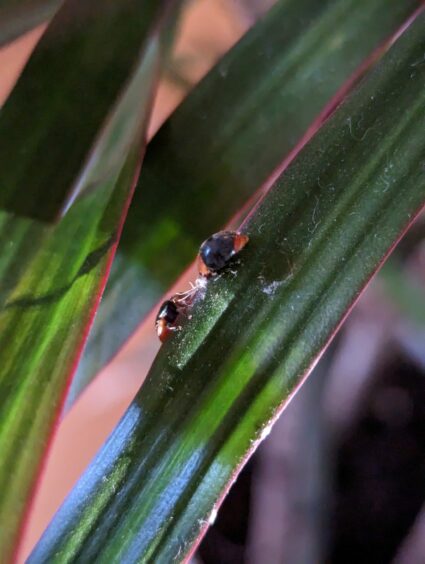Charles Darwin famously said: “I cannot persuade myself that a beneficent and omnipotent God would have designedly created the Ichneumonidae [parasitic wasps] with the express intention of their feeding within the living bodies of caterpillars.”
The supposedly evil life cycle of the parasitic wasp was enough to have Darwin question the very existence of God.
Did you know that the chestburster in the movie Alien was based on the parasitic wasp?
I’m sure you are aware of the infamous scene with John Hurt that I’m referring to. It may seem total science fiction but it is actually very much science fact! Swap the larvae xenomorph with the parasitic wasp and John Hurt with a caterpillar or some other insect.
All creatures great and small
Nature produces some fascinating creatures great and small. As gardeners, the usual fauna springs to mind both helpful and pesky.
Helpful typically seen as birds, earthworms, spiders, ladybirds. Pesky typically seen as deer, rabbits, slugs, mice. The usual suspects.
There is a whole world however of fauna that you may not be aware of. These are very small and may easily go unnoticed.
Sometimes the first sign of a pest issue with a plant is noticing the plant itself getting under the weather. It may wilt, the leaves may go yellow.
There could be notching or marks on the leaf margins. In the case of vine weevil larvae there may little signs of an issue. That is until the plant takes a sudden downhill dive after all the roots have been eaten!
For every pest however, there is a helper keen to devour it. It’s a bug-eat-bug world.
Dragon tree issues
Back in March, I treated myself to a lovely new dragon tree (Dracaena marginata).
I wanted to get a plant that wouldn’t need too much molly-coddling but could provide a nice exotic feel.
Around November I noticed some of the leaves slightly drooping. Upon closer inspection there was the tell-tale fluffy white wax that looks like wool.
The mealybug eggs underneath had been ‘fleeced up’ by the mother to keep the larvae to be nice and cosy. I’m making them sound cute, but hey I’ve spent top dollar for my plant, I want rid of these sap-sucking free riders.
My lovely dragon tree was caked in them when I had a good, hard look. My first thought was grab a bottle of some insecticide at the garden centre. I then thought well should I be doing that?
I then decided no, definitely not. The main ingredient is used for dealing with mealybug is acetamiprid. It is a neonicotinoid. Neonicotinoid is now famously in the public zeitgeist as a killer of bees.
If there’s one insect that doesn’t need a hard time is bees. No bees, no us. Simple as. OK so there’s no bees in my house but I’m always keen to play with alternatives to chemicals.
My second thought was to grab a weak soapy liquid mix to wash the leaves with. I then thought “hmm how about I get in some biological control?”
Australian ladybird
Australian Ladybird to the rescue! A rather cute name for the less friendly sounding Cryptolaemus montrouzieri.
A prolific devourer of mealybug. A quick look online and hey it’s available for direct sale from a few suppliers.
Be wary of buying it from a large multi-marketplace seller, however. My main reason being that Cryptolaemus need careful storage temperatures.
I may be wrong but I assume orders from these conglomerates wouldn’t be brought in on a sale by sale basis and hence likely to be warehouse stock piled. A packet of dead Cryptolaemus arriving isn’t much use.
After a few days the very much alive specimens showed up in the post. I popped them on my dragon tree and let them get to work. Within a week a huge difference was seen. Two weeks later, all the mealybug was eliminated. Result.
Biological controls to the rescue!
What else is out there then? What to use for whitefly and greenfly that is sucking all the joy out your specimen indoor plants?
The famously aforementioned parasitic wasp (Encarsia formosa) steps in. Two spotted spider mite ruining your citrus plants? There is the predatory mite (Phytoseiulus persimilis).
Chafer grubs ruining your lawn? The chafer grub nematode (Photorhabdus spp.) works wonders.
I could list and list all day. The truth is though, there is a myriad of situations and solutions. It pays to simply have a look at whatever your issues may be and research for a biological control.
It is used by not only big institutions like the Eden project but also ones closer to home like at my wee cottage near Udny Green!
Take care and happy gardening.















Conversation